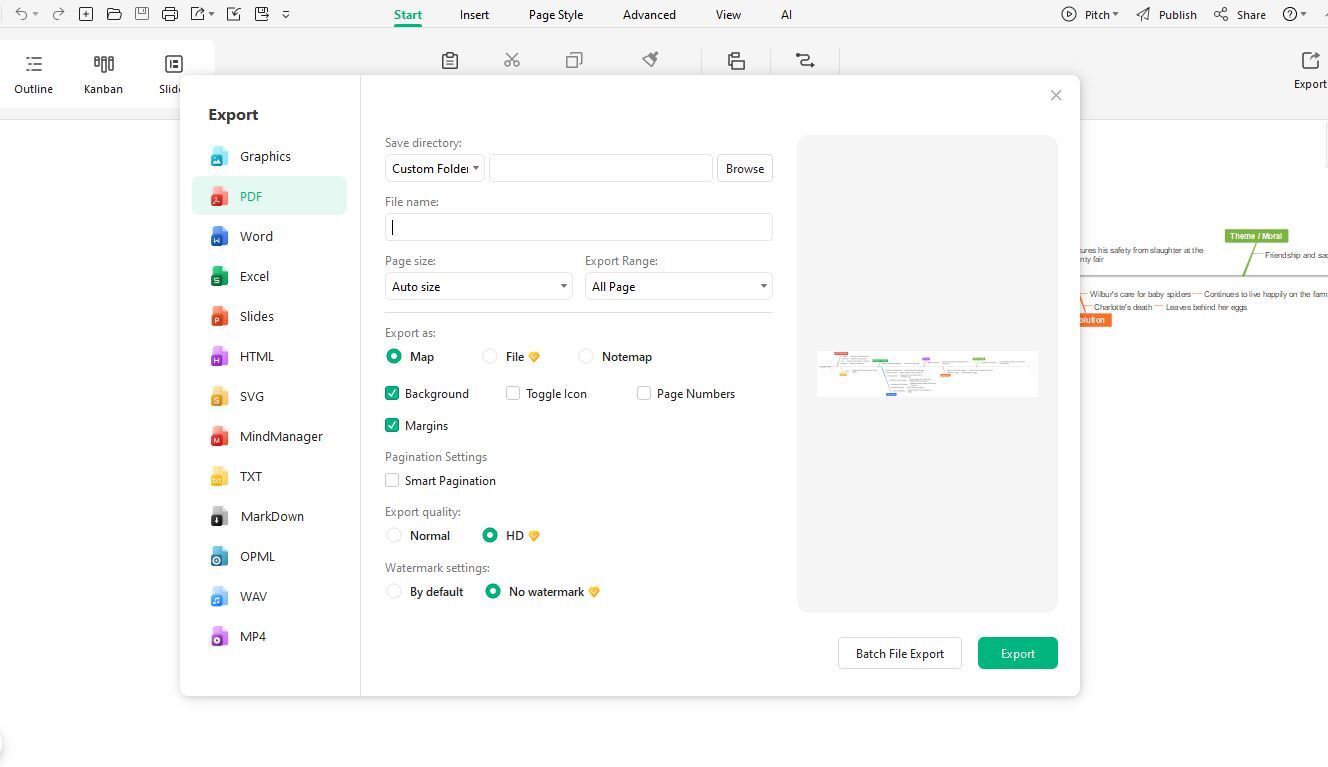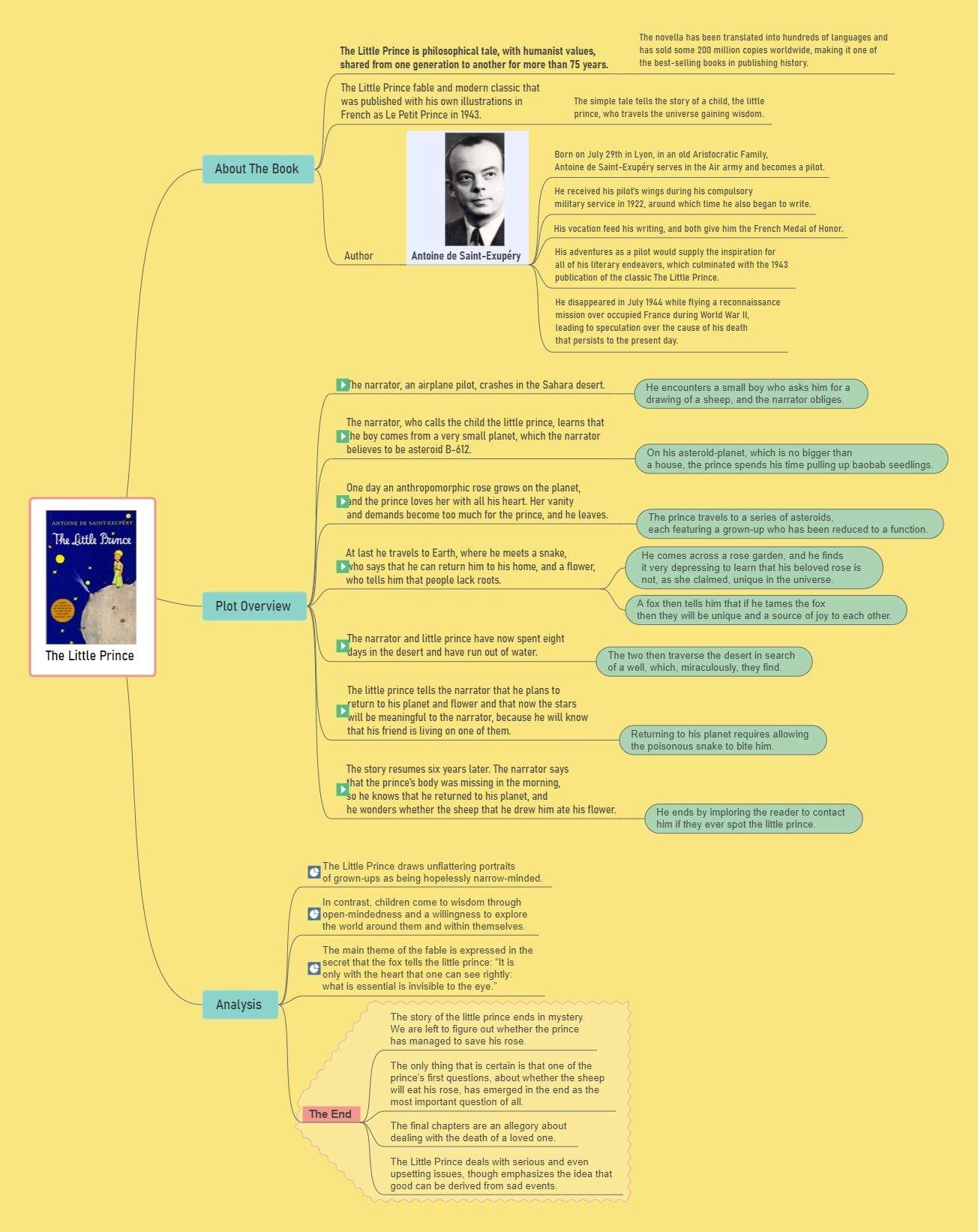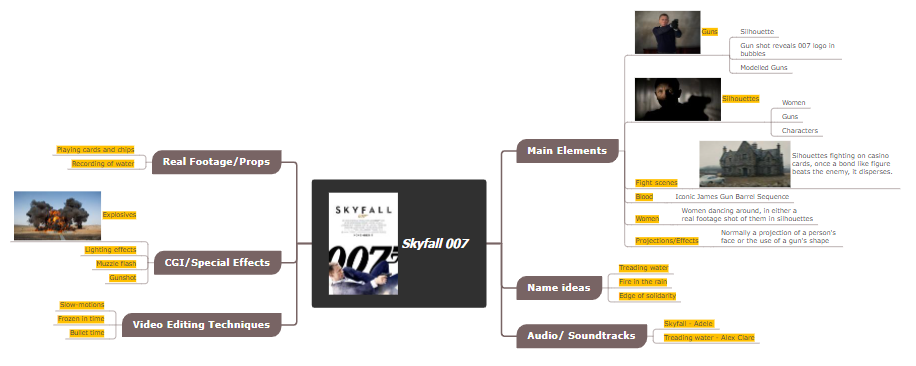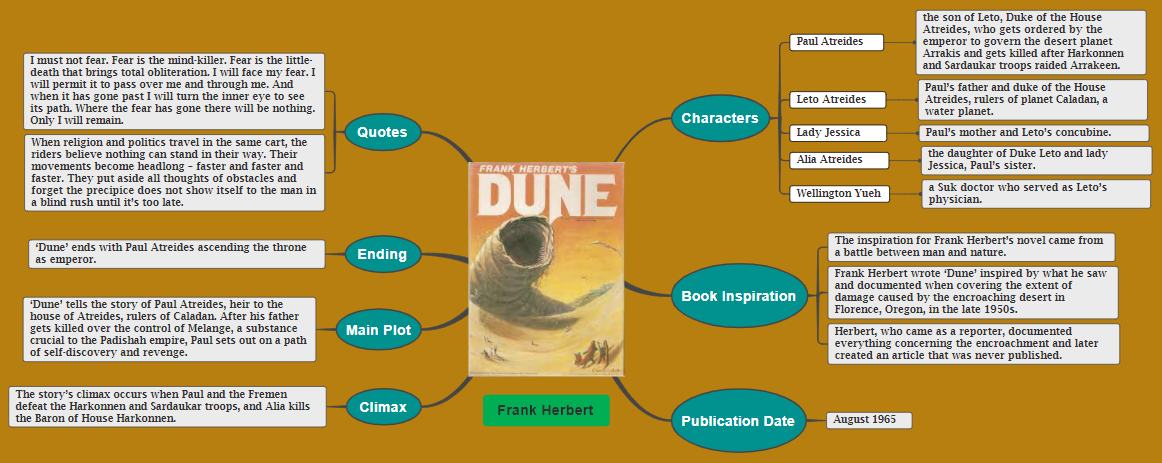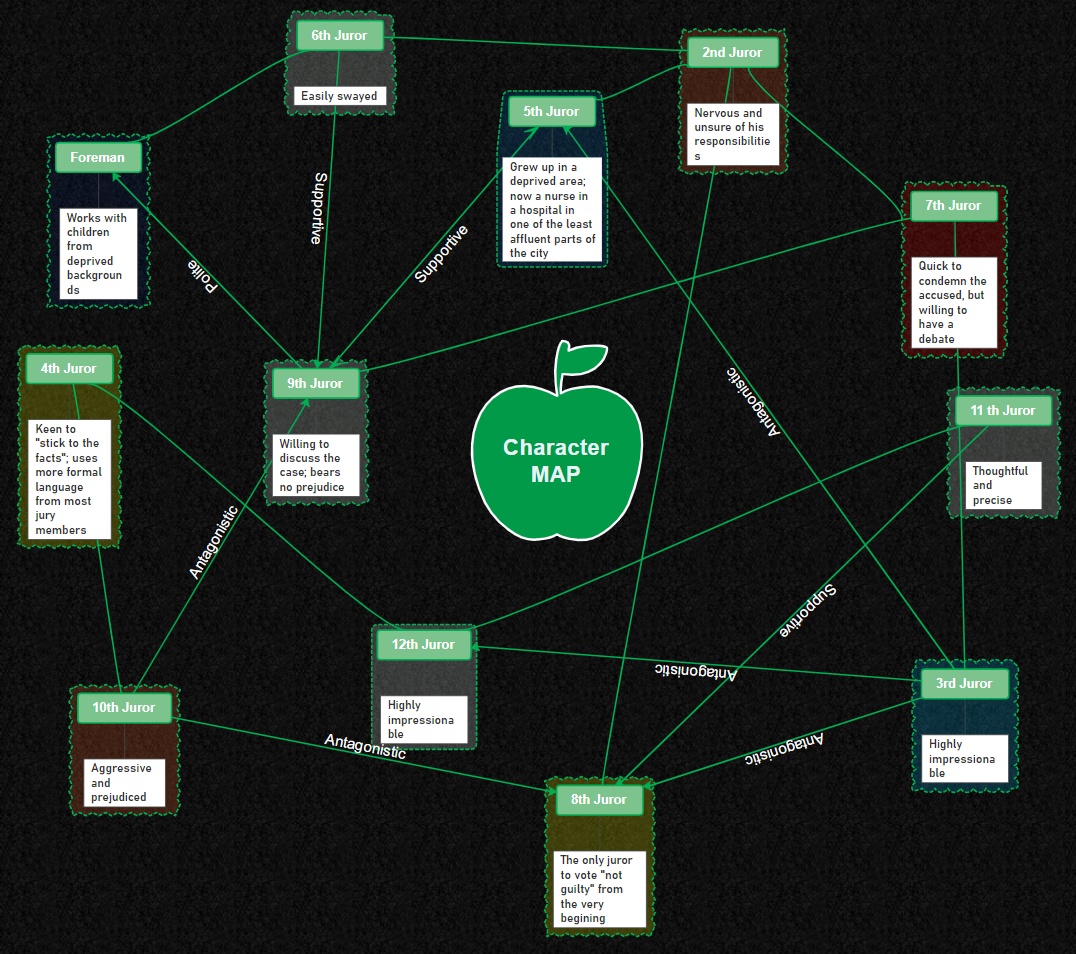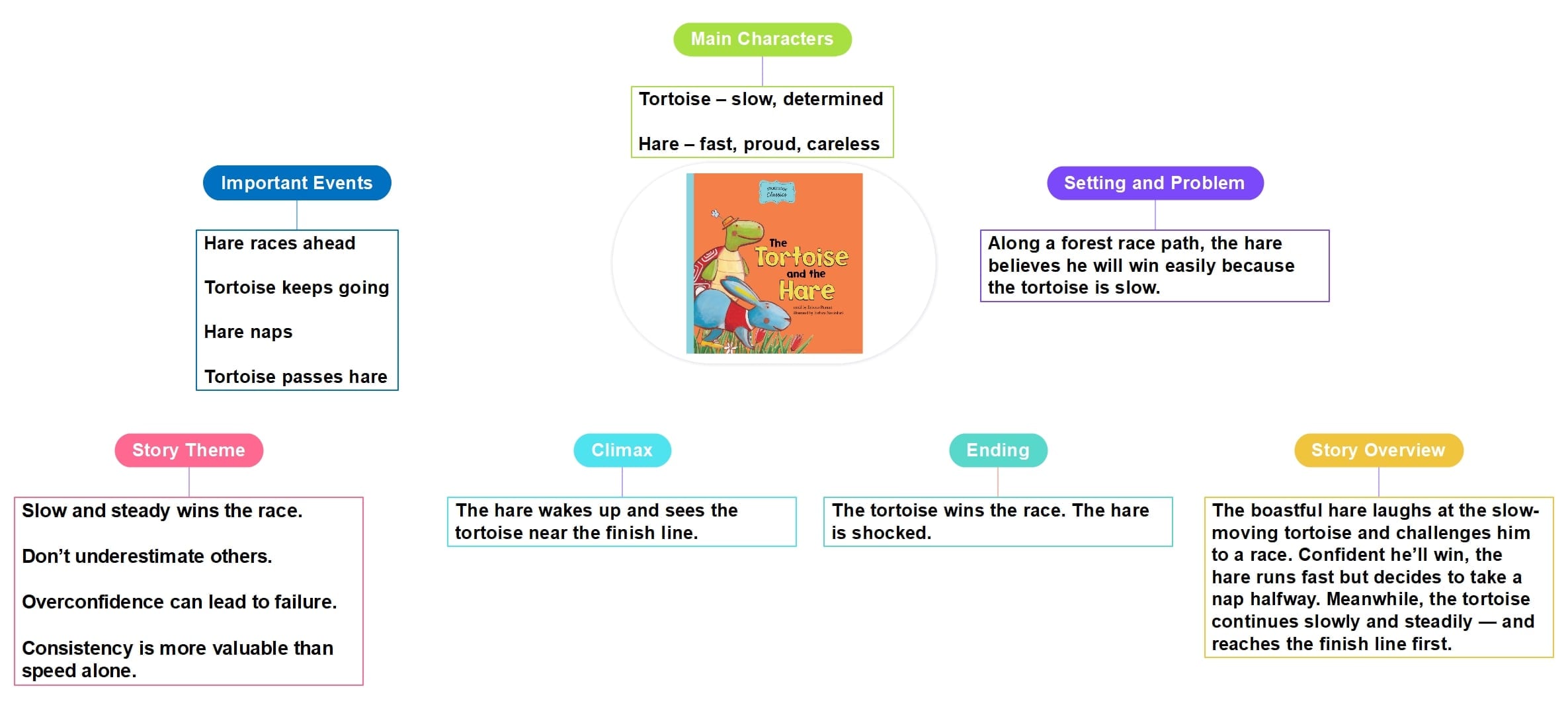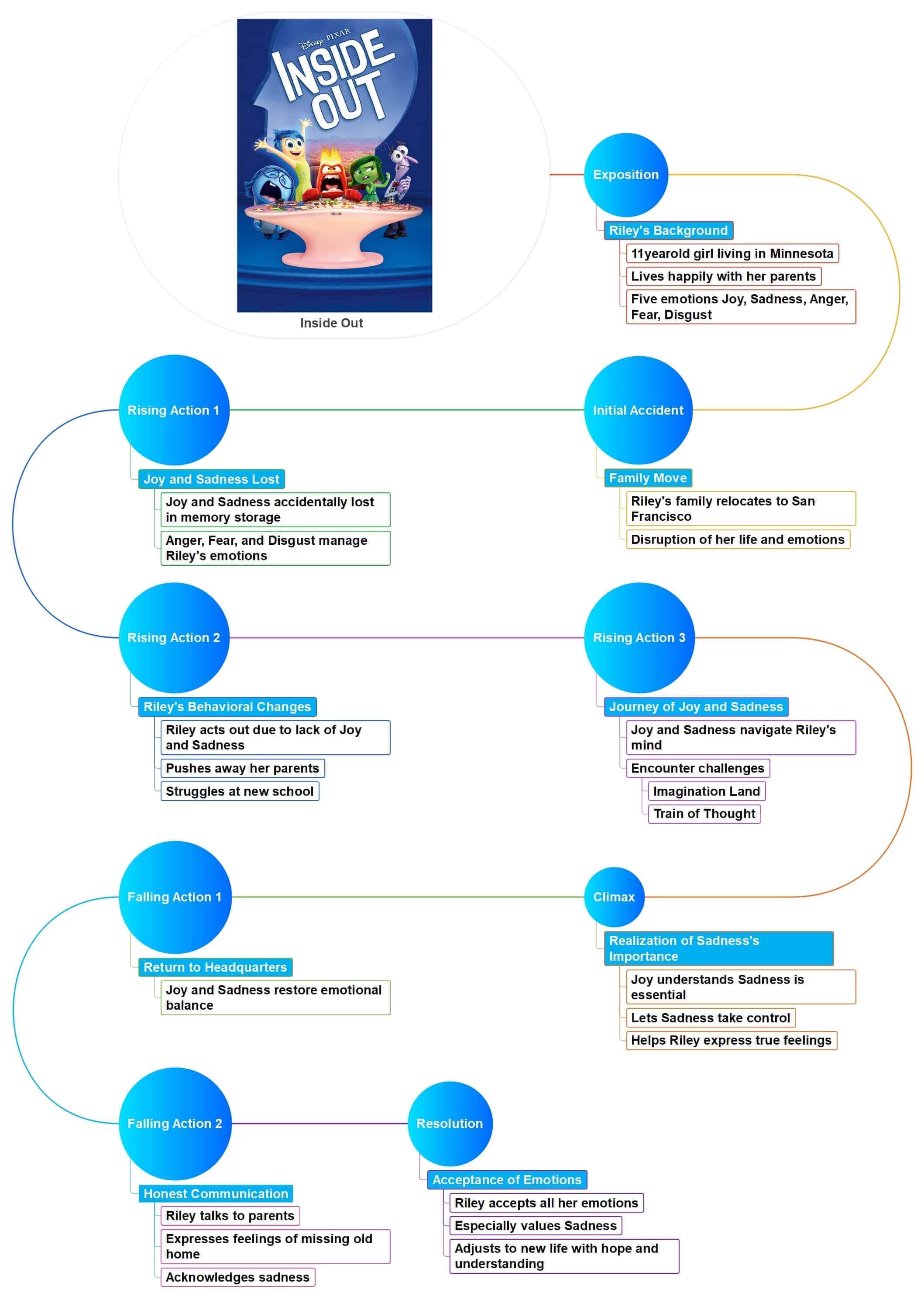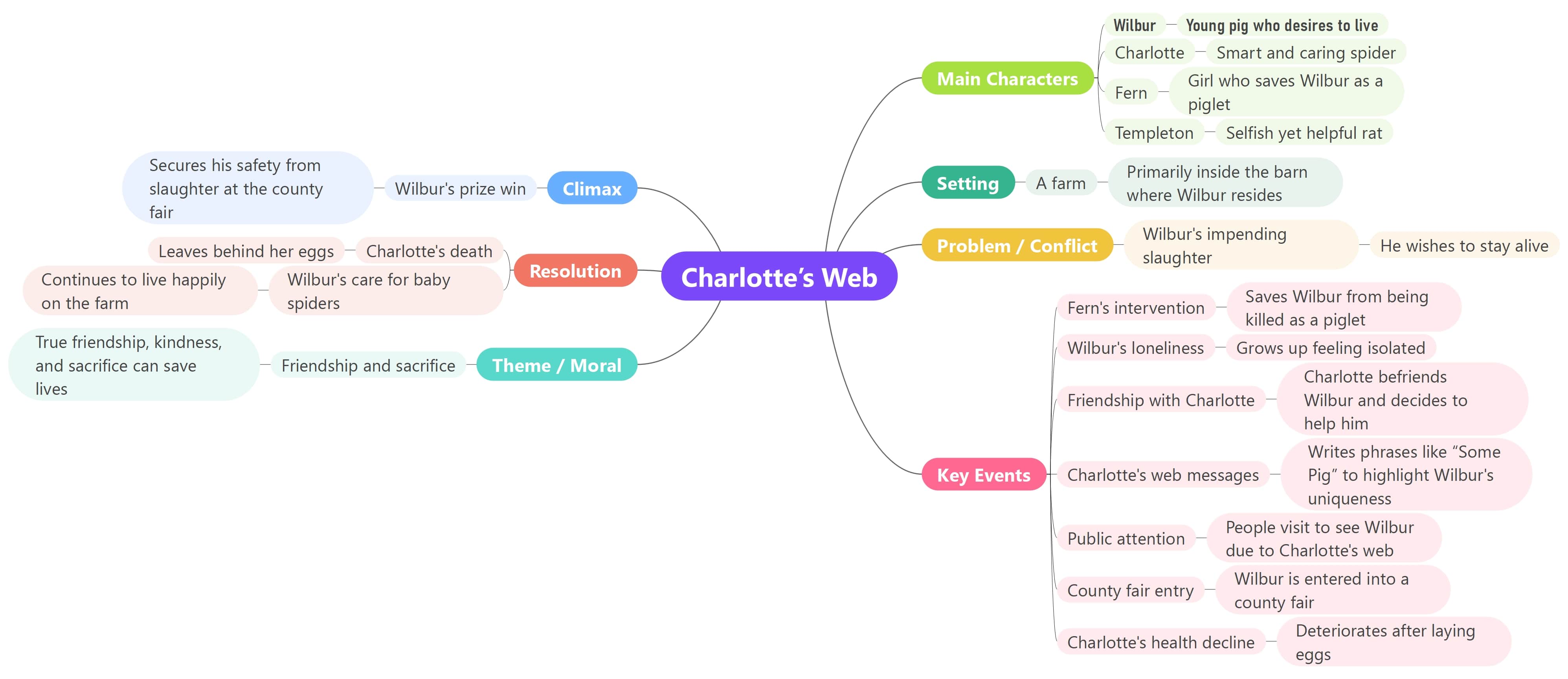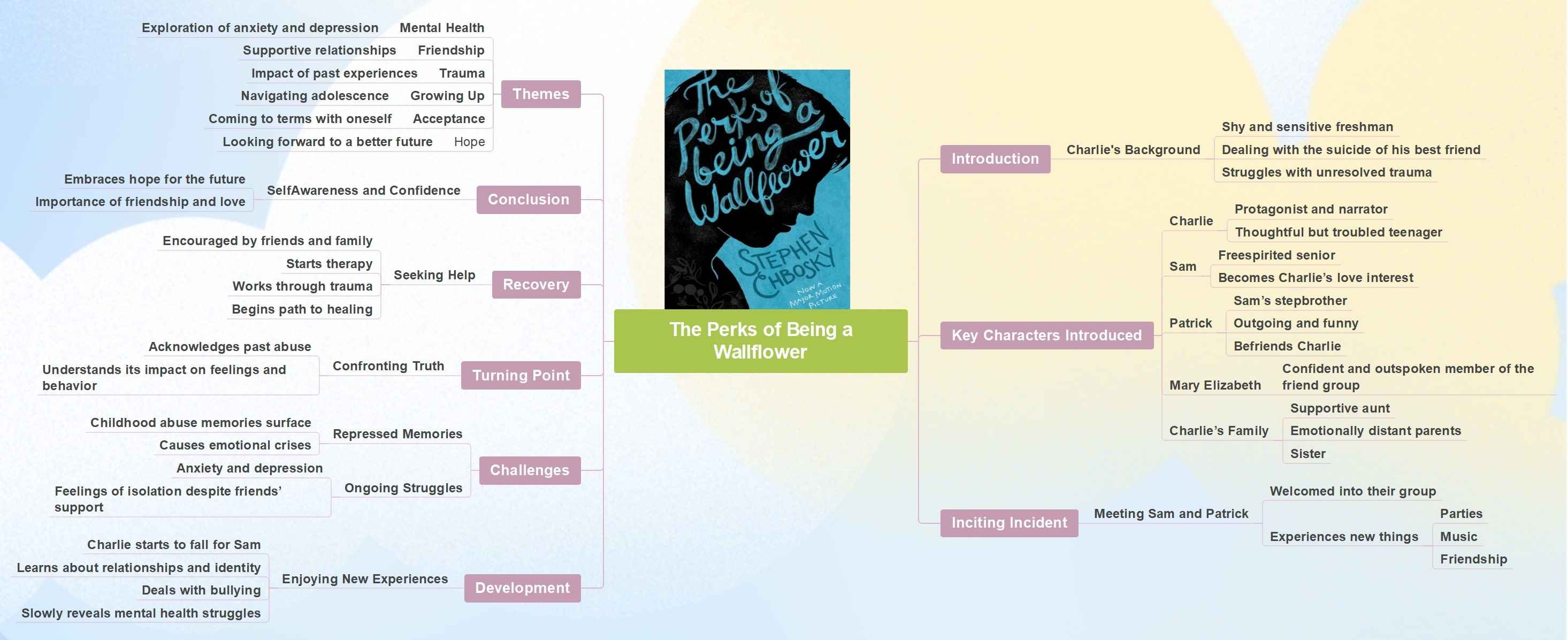A summary is basically a shorter version of a larger piece of writing—like a book, article, or story. Depending on the length of the original text, a summary might be just a few paragraphs long. The goal is to give readers a clear and concise understanding of the main ideas or events without going into all the details.
Chances are, you've come across summaries many times—whether in school, during research, or even at work. They’re usually written in paragraph form and help highlight key events, relationships, or themes in the original text.
But today, summaries aren’t limited to just written paragraphs. You can also create visual versions—using charts, diagrams, or infographics—to represent a story or topic in a more engaging and accessible way. The main point is the same: help others understand the big picture clearly and simply.
When summarizing, especially for stories that might spark debate, it’s important to stay neutral. Leave personal opinions out of it. While you might have your own take on the story, a summary should stick to the facts—what actually happens in the source material.
Summaries can be used in all kinds of writing. You might summarize a novel, a historical event, an academic essay, a fairy tale, or even a TV show. No matter the genre, a good summary captures the essence of the original without inserting personal bias.
Story Summary Examples
While you are contemplating how to do your summary of a story, here are a few examples that you can base your illustration:
- The Little Prince Story Summary
- Skyfall 007 Story Summary
- Dune Story Summary
- 12 Angry Men Story Summary
- The Dark Knight Story Summary
- The Tortoise and the Hare Story Summary
- Inside Out Story Summary
- Charlotte’s Web Story Summary
- The Perks of Being a Wallflower Story Summary
- Where the Wild Things Are Story Summary
The Little Prince
The story of the Little Prince is not new to almost everyone. Whether it is for a school project or some creative research, you might be asked to illustrate its simplest form, the classic story of the Little Prince. Overall, it's about a young prince visiting several planets in space.
The example below is a diagram using a mind map to illustrate the story's theme, the little prince's characteristics, and his travel experiences, including those on Earth. The story summary example of the Little Prince is captivating already, with the colors and straightforward approach of the creator to explain the story. It also uses images and stickers.
Skyfall 007
The second summary of a story example is of a movie. Unlike the usual summarization, the diagram also focuses on how the production of the film will go. Every element and deliverable for the movie is categorized in every branch. You can see the main components where it tackles the props and character requirements to make the movie. You see, a story summary is more than just summarizing a book or movie; it can also involve simplifying the movie production process.
The movie is about James Bond's newest assignment that went wrong and has exposed every identity of the M16 agents worldwide. If you are making a diagram for someone who has not seen a James Bond film, this might be a challenge for you. That is why it is essential to be precise and straightforward with your story summary.
Dune
Dune is a science fiction novel and was later adapted into a movie. It was written by Frank Herbert and published in 1965. It is considered one of the all-time greats in science fiction novels, where the story is set in the future, where people have spread out and colonized planets throughout the universe.
The way the story is summarized from the example below is straightforward. It starts with an image and the author's name, then connects to several contexts and themes of the novel. Each vital character in the story is provided with descriptions. It may not tell its readers how the story goes, but it illustrates what to expect from the novel, including essential facts.
12 Angry Men
This is another specific example of a summary of a story focusing on the film sequence analysis of the 1957 film 12 Angry Men. You notice how clean and simplified the illustration is. Each bubble has a particular film sequence and describes what happens on a specific frame.
The 12 Angry Men is a courtroom film that focuses on the jury's deliberation in a capital murder case. Since every individual has a different take on what must be included in the story summary, the diagram can vary. However, you must remember one of the best practices for a good story summary is to have the critical events in the story.
The Dark Knight
The Dark Knight is a superhero film released in 2008. It's the second movie in The Dark Knight Trilogy, following Batman Begins from 2005. The film kicks off with a tense bank heist carried out by a group of masked men dressed as clowns. The crew believes that the sixth member—known only as “The Joker”—was the mastermind behind the plan.
However, since he doesn’t physically take part in the robbery, they feel he doesn’t deserve a share of the money. As the heist unfolds, the robbers begin betraying and killing each other, each one hoping to keep a larger portion for themselves.
Of course, The Dark Knight features many more characters and pivotal moments beyond the opening scene. A strong story summary should start with a quick overview of the film, giving readers a sense of what it's about. Then, it can highlight key events as the story progresses.
If you're creating a visual summary, like with an online graphic organizer, you can also include images or short video clips to make your summary more engaging.
Take The Lion King, for example, who hasn’t seen this classic 1994 animated film? The story follows Simba, a young lion destined to take his father Mufasa’s place as King of the Pride Lands. The movie’s vibrant animation already makes it visually captivating, which gives you lots of creative freedom when putting together a summary.
If you're designing a visual summary for The Lion King, consider laying out the story's key points—from the beginning, through major turning points, and up to the climax and resolution.
Since the characters are well-known, it’s easy to represent them visually. Using images or icons to show important scenes can help tell the story clearly and effectively, just like in the example below.
- The Little Prince Story Summary
- Skyfall 007 Story Summary
- Dune Story Summary
- 12 Angry Men Story Summary
- The Dark Knight Story Summary
- The Tortoise and the Hare Story Summary
- Inside Out Story Summary
- Charlotte’s Web Story Summary
- The Perks of Being a Wallflower Story Summary
- Where the Wild Things Are Story Summary
The Little Prince
The story of the Little Prince is not new to almost everyone. Whether it is for a school project or some creative research, you might be asked to illustrate its simplest form, the classic story of the Little Prince. Overall, it's about a young prince visiting several planets in space.
The example below is a diagram using a mind map to illustrate the story's theme, the little prince's characteristics, and his travel experiences, including those on Earth. The story summary example of the Little Prince is captivating already, with the colors and straightforward approach of the creator to explain the story. It also uses images and stickers.
Skyfall 007
The second summary of a story example is of a movie. Unlike the usual summarization, the diagram also focuses on how the production of the film will go. Every element and deliverable for the movie is categorized in every branch. You can see the main components where it tackles the props and character requirements to make the movie. You see, a story summary is more than just summarizing a book or movie; it can also involve simplifying the movie production process.
The movie is about James Bond's newest assignment that went wrong and has exposed every identity of the M16 agents worldwide. If you are making a diagram for someone who has not seen a James Bond film, this might be a challenge for you. That is why it is essential to be precise and straightforward with your story summary.
Dune
Dune is a science fiction novel and was later adapted into a movie. It was written by Frank Herbert and published in 1965. It is considered one of the all-time greats in science fiction novels, where the story is set in the future, where people have spread out and colonized planets throughout the universe.
The way the story is summarized from the example below is straightforward. It starts with an image and the author's name, then connects to several contexts and themes of the novel. Each vital character in the story is provided with descriptions. It may not tell its readers how the story goes, but it illustrates what to expect from the novel, including essential facts.
12 Angry Men
This is another specific example of a summary of a story focusing on the film sequence analysis of the 1957 film 12 Angry Men. You notice how clean and simplified the illustration is. Each bubble has a particular film sequence and describes what happens on a specific frame.
The 12 Angry Men is a courtroom film that focuses on the jury's deliberation in a capital murder case. Since every individual has a different take on what must be included in the story summary, the diagram can vary. However, you must remember one of the best practices for a good story summary is to have the critical events in the story.
The Dark Knight
The Dark Knight is a superhero film released in 2008. It's the second movie in The Dark Knight Trilogy, following Batman Begins from 2005. The film kicks off with a tense bank heist carried out by a group of masked men dressed as clowns. The crew believes that the sixth member—known only as “The Joker”—was the mastermind behind the plan.
However, since he doesn’t physically take part in the robbery, they feel he doesn’t deserve a share of the money. As the heist unfolds, the robbers begin betraying and killing each other, each one hoping to keep a larger portion for themselves.
Of course, The Dark Knight features many more characters and pivotal moments beyond the opening scene. A strong story summary should start with a quick overview of the film, giving readers a sense of what it's about. Then, it can highlight key events as the story progresses.
If you're creating a visual summary, like with an online graphic organizer, you can also include images or short video clips to make your summary more engaging.
Take The Lion King, for example, who hasn’t seen this classic 1994 animated film? The story follows Simba, a young lion destined to take his father Mufasa’s place as King of the Pride Lands. The movie’s vibrant animation already makes it visually captivating, which gives you lots of creative freedom when putting together a summary.
If you're designing a visual summary for The Lion King, consider laying out the story's key points—from the beginning, through major turning points, and up to the climax and resolution.
Since the characters are well-known, it’s easy to represent them visually. Using images or icons to show important scenes can help tell the story clearly and effectively, just like in the example below.
The Tortoise and the Hare
In a race between a fast hare and a slow tortoise, the tortoise wins by staying consistent as the hare sleeps. The fable shows that **patience and persistence** are more important than speed or pride.
Inside Out
Inside Out is a movie about a young girl named Riley. Her emotions—Joy, Sadness, Anger, Fear, and Disgust—support her as she copes with a challenging move. The story emphasizes how each emotion plays a **vital role in growing and healing**.
Charlotte’s Web
Charlotte’s Web is a children’s novel and fable that emphasizes **friendship and moral lessons**. It is a heartwarming story about animals that teaches values such as kindness, loyalty, and sacrifice through their adventures.
The Perks of Being a Wallflower
The Perks of Being a Wallflower is a coming-of-age novel about a teenager named Charlie. As he goes through high school, the story explores **mental health, friendship, trauma, and personal growth**.
Where the Wild Things Are
Where the Wild Things Are is a children's picture book that takes readers on a fantastical adventure, exploring **imagination, emotions, and family**. With its simple yet striking illustrations and a touching story, it remains a favorite among both children and adults.
How to Write a Good Story Summary?
Before looking into the best practices of a good summary of a story, you need to figure out the characteristics of an excellent story summary. A decent summary has three essential attributes - brevity, precision, objectivity. Each of them will be discussed as you read on.
- Brevity. Regardless of whether your story summary involves illustration and diagrams or paragraphs, your goal is to shorten the story in such a manner that readers will get an easy grasp of the events and the character relationships. You can summarize a 200-page book in one chart or a 25-page story in two diagrams. It will depend on how you want to explain your illustration. However, you need to be mindful not to exaggerate the length of your summary. Also, do not be too overwhelmed with shortening it so that you will end up missing out on some essential details. You need to find the balance.
- iPhone. It's no secret that almost everyone uses an iPhone today. Apple is also one of the pioneering brands that introduced smartphones with a multiple touch feature. It was designed thinking about the combination of an iPod and a smartphone. Apple continues to have several versions of the iPhone until today, with the iPhone 13 being the latest.
- Precision. As has been previously mentioned, the story summary must be based on the source's information and not on the opinions of the one making the summary. With this, you need to have a good grasp of the story to illustrate the facts through diagrams and other graphic organizers comprehensively. A story can be as long as a 500-page book, so it might be beneficial to take notes and miss out on important events and characters.
- Objectivity. As you opt to illustrate the connection of characters in the story, it is fitting that the diagram is objective and must be based on the facts, not one's interpretation.
Now that you are familiar with what to include in your story summary, it is time to follow simple steps to create a practical summary. Check out the list below:
- Select the essential details of the story.
- A summary of a story does not have to be long since you only need to illustrate and present only the important events of the story. As you may know, making a story summary using a diagram entails fewer words and more graphic representations. The creator must decide on the events to include in the summary. Here are some fundamental questions you can ask about the story to help you find the essential points of the story:
- Who are the vital people in the story?
- What happened?
- Why did such things happen?
- How did those things happen?
- When did the events take place?
When reading, it can also be helpful to underline or highlight parts of the story that answer the above questions. It will be easier for you to go back to these details when mapping out the summary.
2. Make a map.
Most people always find it useful to organize essential details of the story by making an outline using charts, diagrams, and other graphic organizers besides the fact that visual representations bring clarity to events and characters. In some cases, the story summary diagram is also used before coming up with a written one. It helps people organize characters and events accordingly.
While you can pull out your coloring materials and other resources to create a diagram, technology has also provided a quicker and easier way to map out story summaries. You can opt for mind maps, charts, flowcharts, and other visual illustration tools online. You can take a look at a story summary example as you read through this article.
3. Review the summary.
You can ask someone to look at your diagram, probably your teammate or someone who knows the story you are making a summary of. When using online graphic organizers, you can collaborate with your teammates or co-employees online and comment on their inputs or let them edit the illustration themselves. It makes creating and editing a story summary diagram easier. You do not need to meet in person to get suggestions and comments from everyone.
Most story summaries come in long paragraphs, which can be tough to follow if you learn best by seeing things. Fortunately, a tool like **EdrawMind** helps you turn a story into a clear visual summary.
With EdrawMind, you can turn the main parts of a story into a mind map, illustrating the characters, main events, conflicts, and the resolution all in one simple diagram, making it easier to see how everything connects.
You can use the tool to summarize a book, a short story, a fairy tale, or even a history lesson. It’s a fast and creative way to show what happens in a story. Here are the steps to get started:
Why EdrawMind? For Story Summary Creation

How to Create a Story Summary Mind Map Step-by-Step
Step 1: Download, Install, and Log In to EdrawMind
Download the app, install it, and then open the app to log in with your account.
Step 2: Start Your Mind Map
Choose either a blank mind map to create from scratch or pick a ready-made story outline template to begin.

Step 3: Create Main Story Elements
Add branches for important parts of the story summary, such as:
- Title
- Main Character
- Setting
- Problem
- Key Events
- Climax
- Resolution
- Theme / Moral
Feel free to include any story elements you think are important for your summary. This list is just a suggestion to help you get started.
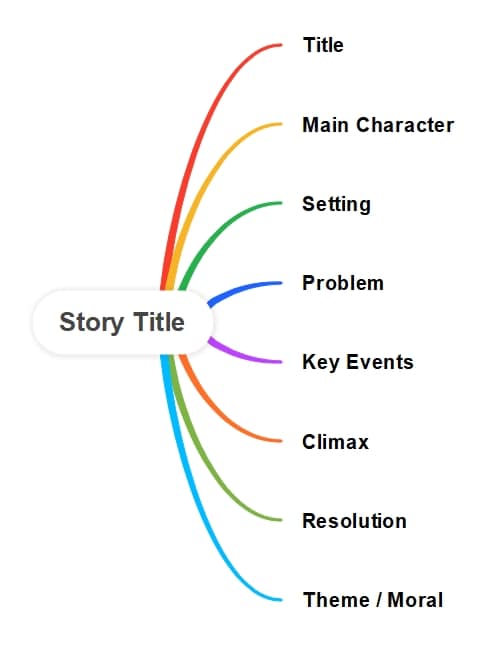
Step 4: Use Icons and Colors
Highlight important events, emotions, or themes with icons and colors to make your story summary easier to understand.
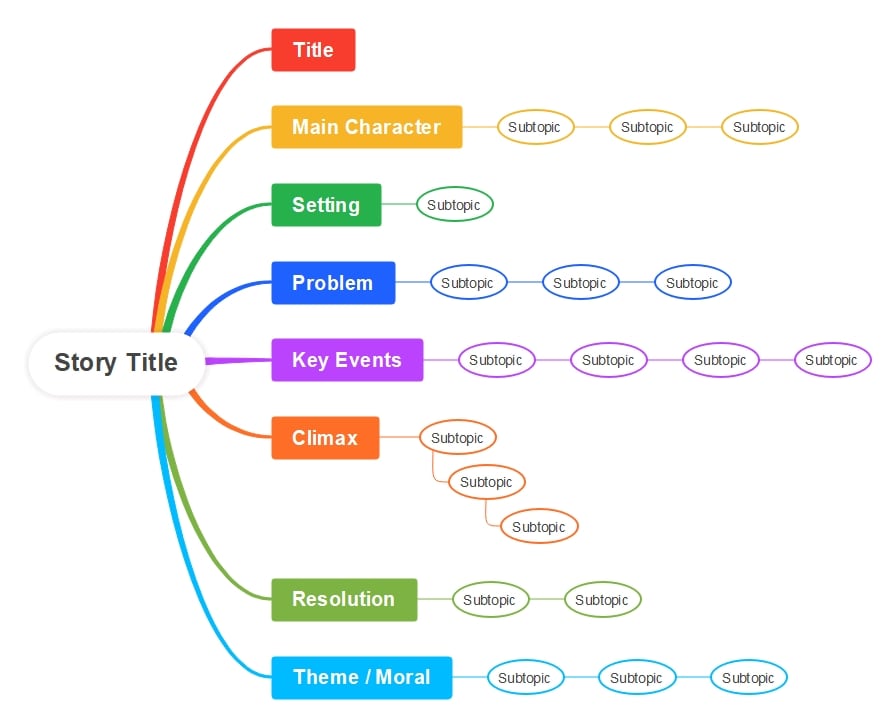
Step 5: Review the Summary Flow
Check your summary to see if it covers the main parts of the story and makes sense from start to finish. Make sure it looks clean and is easy to read. Once you finish your story summary mind map, save it online by clicking the “Save as” icon at the top right corner. To download a copy, click “Export” in the same panel.
